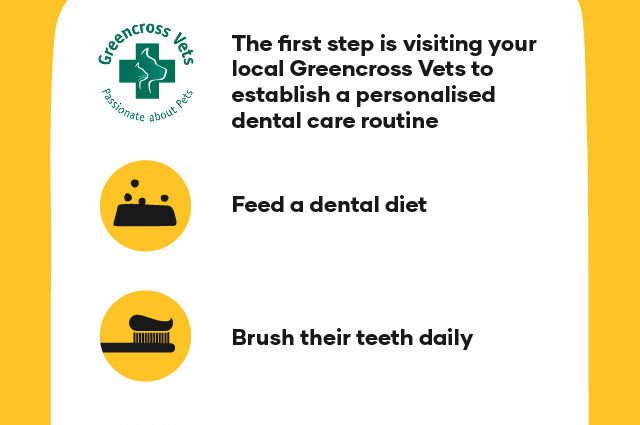Contents
Cat teeth: how to take care of them?
Owning a cat involves guaranteeing its well-being, both physical and psychological. Taking care of your cat’s health thus involves several maintenance treatments in order to prevent the appearance of diseases. Cat teeth are one of them and their proper maintenance helps prevent oral problems.
Characteristics of cat teeth
The cat is a domestic carnivore whose teeth are adapted to the hunting of prey. Its very sharp canines allow it to hold its prey while its molars are sharp and sharp.
The kitten is born toothless. Milk teeth, also called deciduous teeth, appear gradually from the first month of age. In kittens, there are 26. We can count as follows:
- 12 incisors: 3 above and 3 below on each side;
- 4 canines: 1 at the top and 1 at the bottom on each side;
- 10 premolars: 3 at the top and 2 at the bottom on each side.
From 3 to 4 months of age, deciduous teeth will fall out to give way to permanent teeth, also called permanent teeth. It is said that the mouth is “made” around 6 to 7 months of age, that is to say that the young cat has all of its permanent teeth. There are 30 in cats, distributed as follows:
- 12 incisors: 3 above and 3 below on each side;
- 4 canines: 1 at the top and 1 at the bottom on each side;
- 10 premolars: 3 at the top and 2 at the bottom on each side;
- 4 molars: 1 at the top and 1 at the bottom on each side.
Diseases of the teeth of the cat
As in humans, several dental conditions can occur in cats. On the other hand, cavities remain quite rare in them. Thus, we can cite the following oral problems:
Periodontal disease
One of the main oral diseases of domestic carnivores is periodontal disease. It concerns both the cat and the dog. When a cat eats, food residues, saliva and bacteria present in the cat’s mouth will settle on its teeth, forming dental plaque. Without maintenance, this plaque will gradually thicken and harden to form what is called tartar. It will first start at the junction between the tooth and the gum. The deepest teeth are the first to be affected. This tartar is the cause of inflammation of the gums (gingivitis) which can be seen by their red color along the teeth. Without intervention, this inflammation can progress and thus loosen the affected teeth or even reach the bones and ligaments of the mouth. The consequences can therefore be serious. Not only is this painful in cats, but in addition the bacteria contained in the tartar can pass into the bloodstream and become lodged in other organs, leading to foci of secondary infections (heart, kidneys, etc.).
Tooth resorption
Another condition quite often seen in cats is tooth resorption. These are lesions that form holes at the base of the teeth. The causes are still poorly understood. This condition is very painful but most cats express little pain. Thus, you may rather observe eating difficulties, although some cats continue to eat normally despite the pain, bad breath (halitosis) or hypersalivation. Treatment consists of removing the tooth affected by tooth resorption.
Other dental conditions can also occur, such as a broken tooth for example, but there can also be problems with the cat’s mouth (inflammation, infection, etc.).
Cat teeth maintenance
To prevent the onset of dental problems, including the development of tartar, good oral hygiene is important in keeping your cat’s teeth healthy. This involves brushing your cat’s teeth several times a week, or even daily. To do this, toothbrushing kits for cats are now available. It is important not to use products for human use, especially toothpaste. Indeed, toothpastes for cats are specially designed to be swallowed, the latter cannot spit out like we do. So use a cat toothpaste, usually supplied with a toothbrush or finger cot. Your cat may not let it go, so it is important to get her used to it from a young age to make it easier later on.
It is important to keep in mind that kibbles promote chewing and therefore fight against the appearance of tartar by their abrasive effect on the teeth. Today, kibbles specially designed for cats with oral problems are also commercially available. Chew sticks and sticks can also be offered to your cat. In addition, solutions to be diluted in drinking water are available to combat the appearance of tartar.
Regular inspection of your cat’s mouth, when brushing teeth for example, will make it possible to check that everything is fine and to spot certain warning signs, such as halitosis, gingivitis (red border at the junction of the teeth and gum) or observe tartar on the teeth (brown / orange patches).
If your cat has tartar on the teeth, a consultation with your veterinarian is necessary. Descaling, under general anesthesia, will be performed in order to remove the tartar. Sometimes the teeth are so badly damaged that one or more dental extractions are necessary. Thereafter, regular tooth brushing should be carried out to prevent a new appearance of tartar. Despite good prevention, some cats will need regular descaling. In any case, you can ask your veterinarian for advice on what to do with your cat.











Pershendetje macja ime eshte 2 vjece e gjysem dhe i kane filluar ti bien dhembet e poshtme.Mund te me sugjeroni se cfare te bej?A mund ti kete hequr duke ngrene dicka apo i kane rene vete?